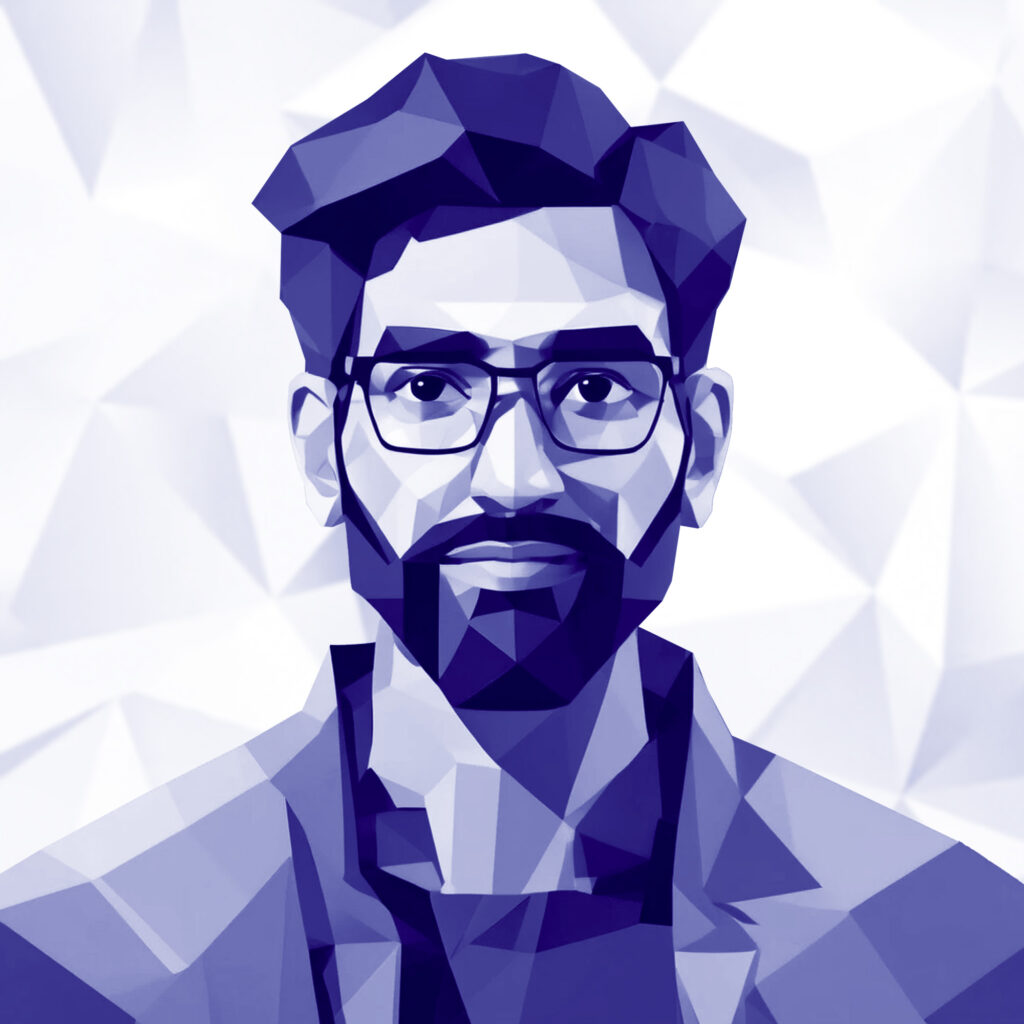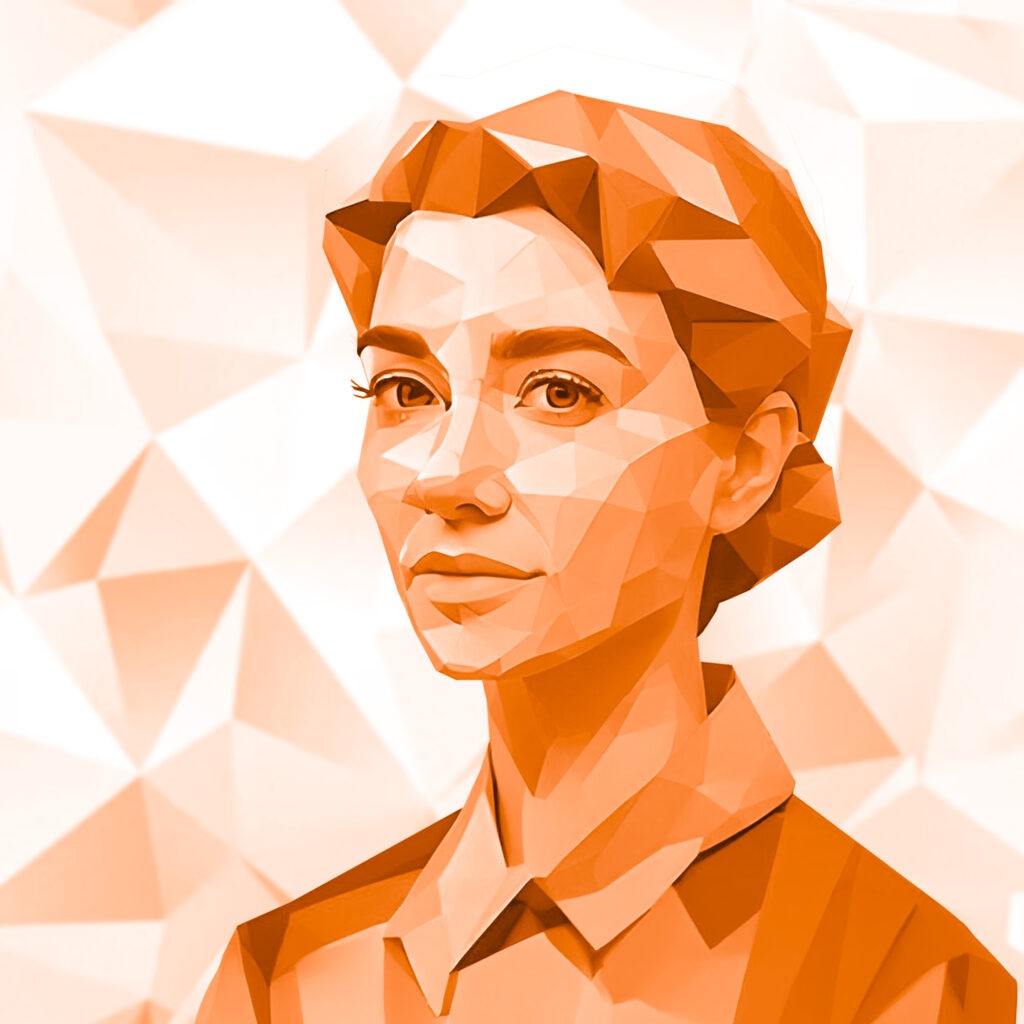Archetypes

Tackling diverse user requirements
The engineering sciences are a highly heterogeneous community, with a large number of specialised research (sub-)areas ranging from Architecture all the way to Systems Engineering (see DFG subject areas). Each (sub-)discipline has its own culture, research methodology, artifacts and subjects. Accordingly, each (sub-)discipline also differs in their requirements and challenges when it comes to research data management (RDM).
The Archetype Concept
During its inception, NFDI4ING identified the most commonly recurring needs, methods, and workflows in engineering research, and classified corresponding challenges for RDM in the engineering sciences. On this basis, the consortium delevoped and validated typical research profiles that map to these challenges.
We call these research profiles our “archetypes” and use them throughout NFDI4Ing to structure our work programme. Below, you find links to in-depth descriptions of each currently active archetype.
Relevance and Validation
The archetype concept has since been validated using focus groups and an annual online-survey. Analysis of the survey data confirms the representativeness and relevance of the archetypes: 95% of all surveyed research groups identify with at least one archetype, though most combine elements of three to four archetypes. These findings are mostly independent of engineering sub-discipline. If you’re interested in the data, you can find the initial survey from 2019 here. The results of our annual surveys are published in the NFDI4ING community on Zenodo.





